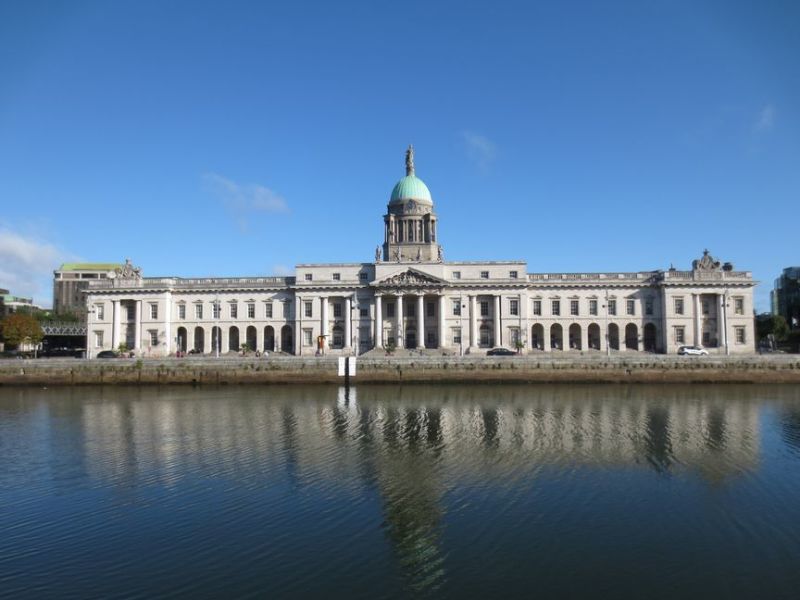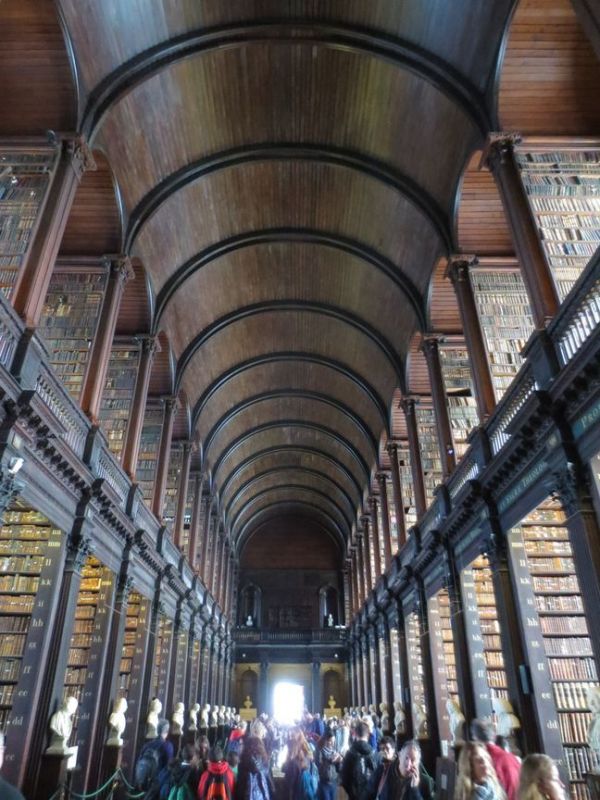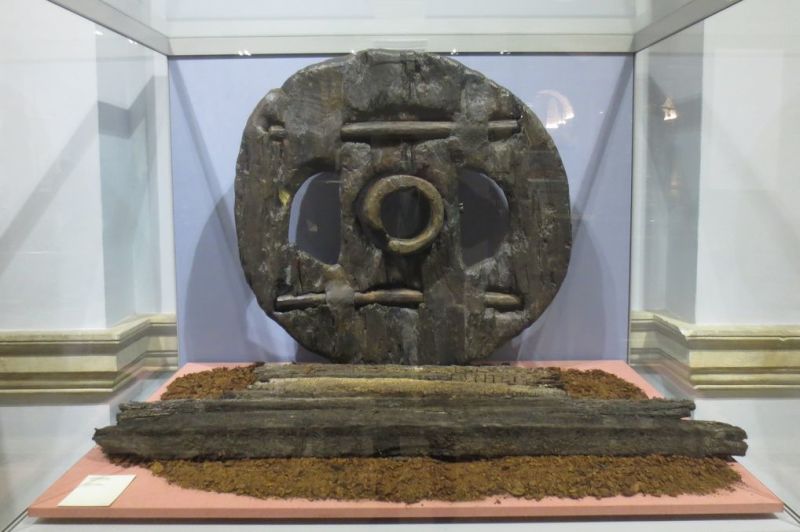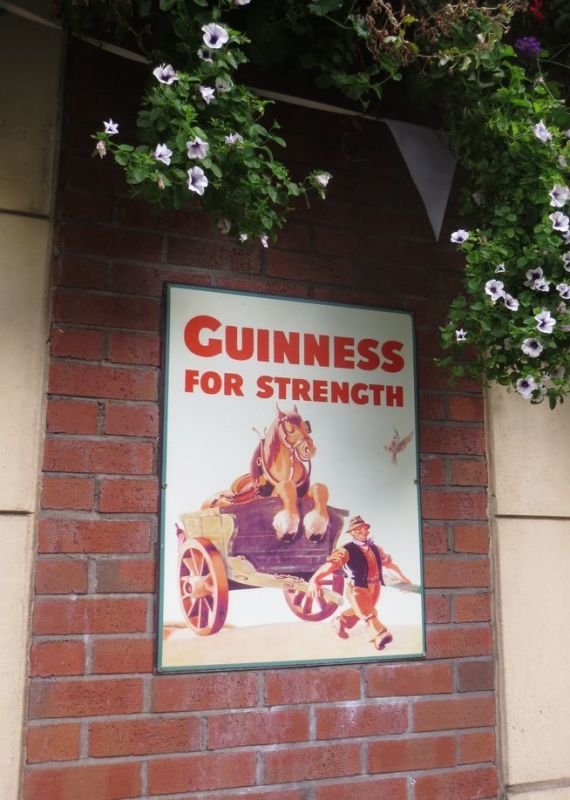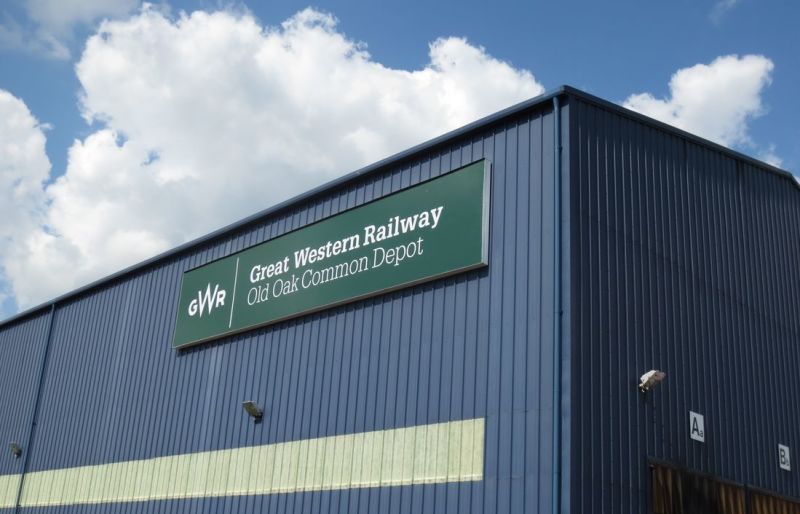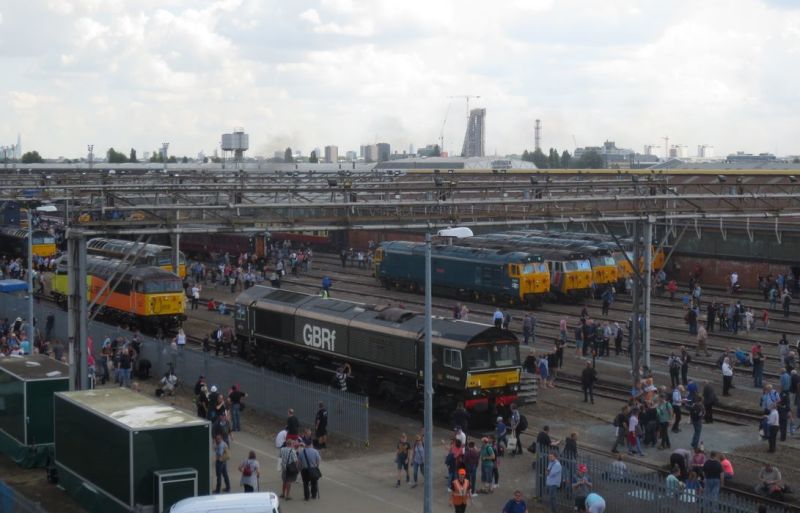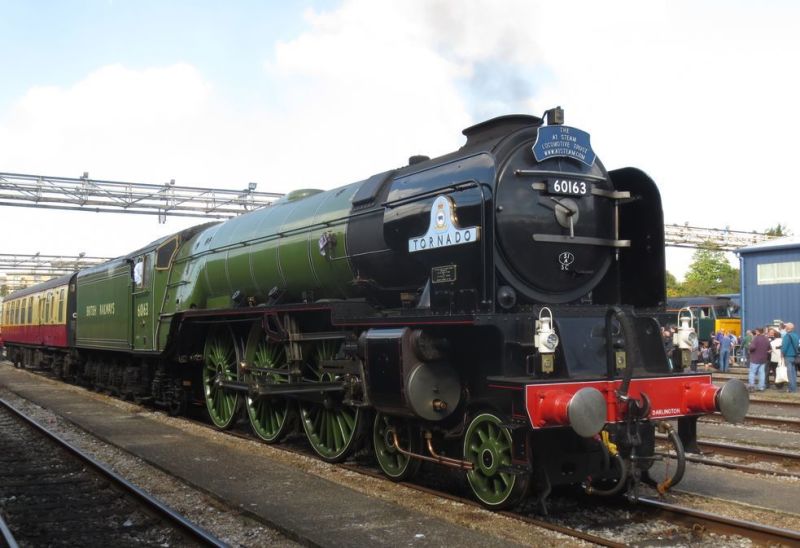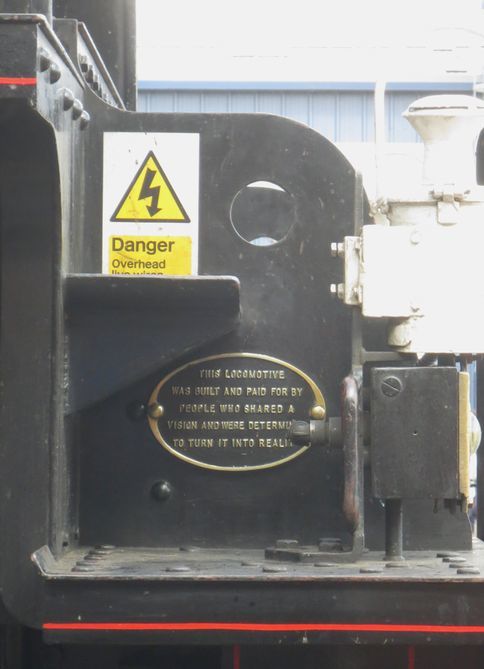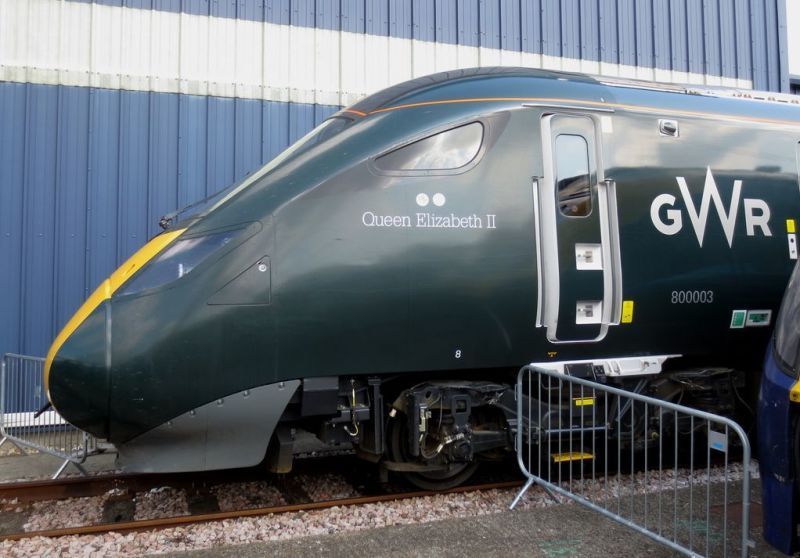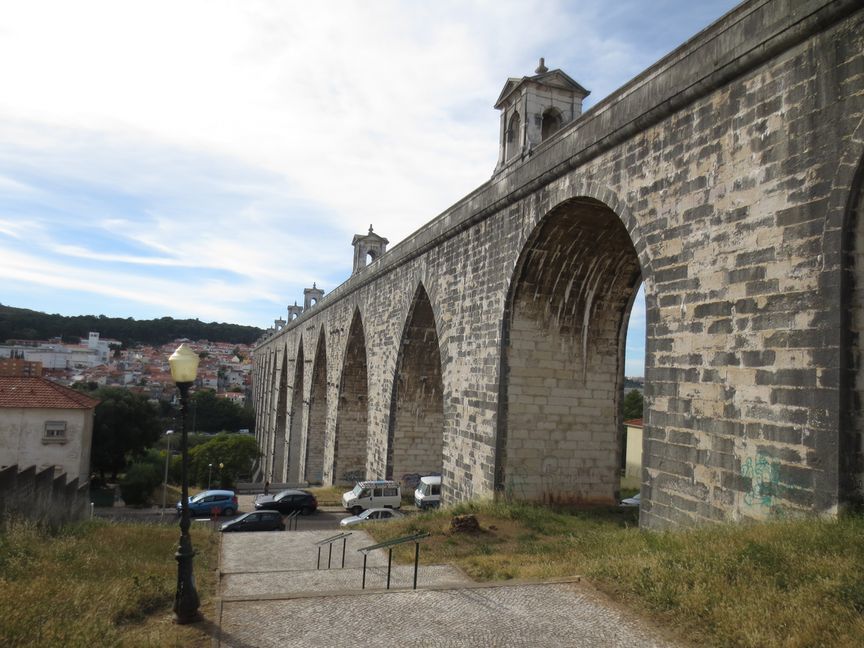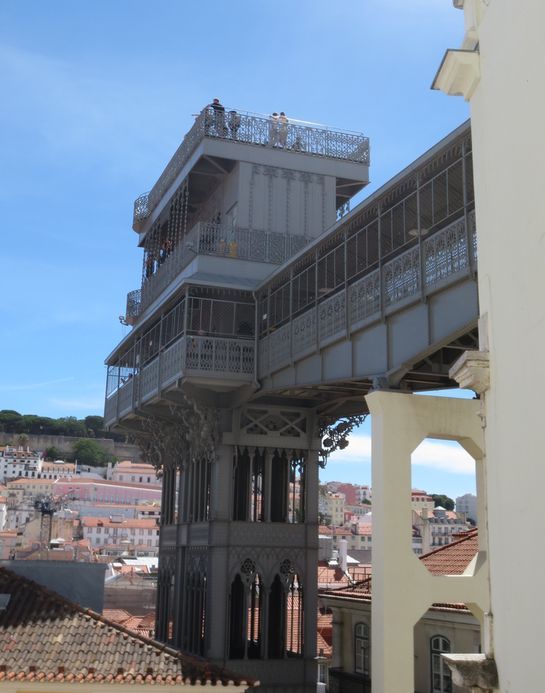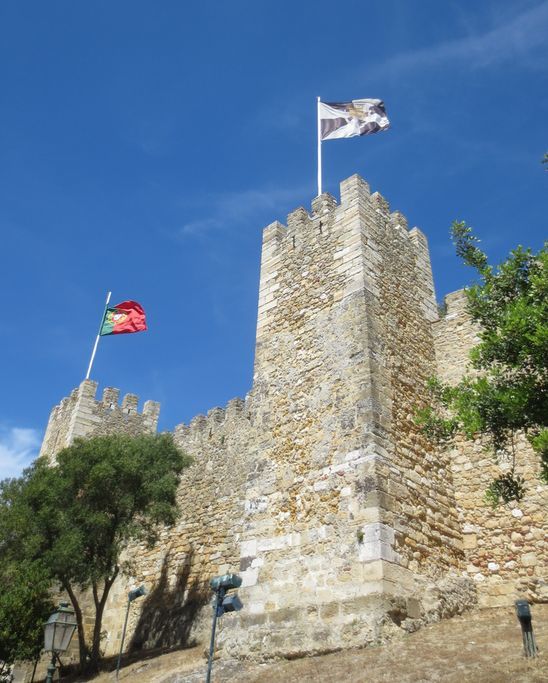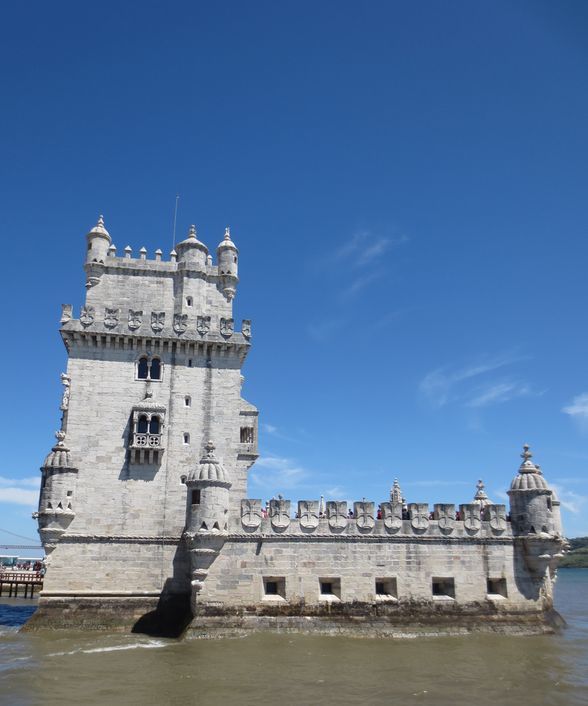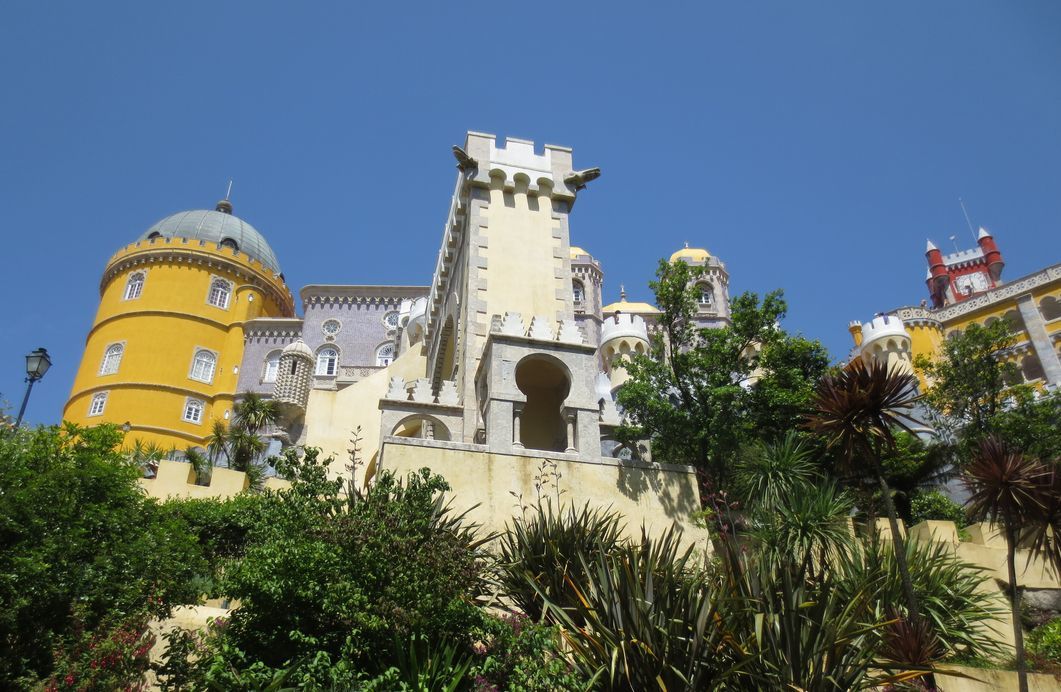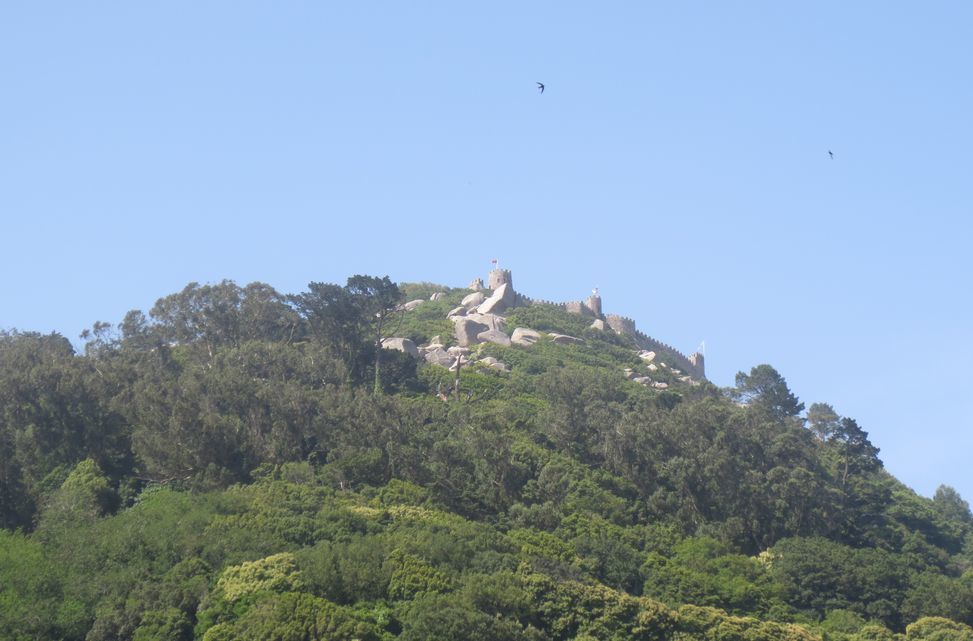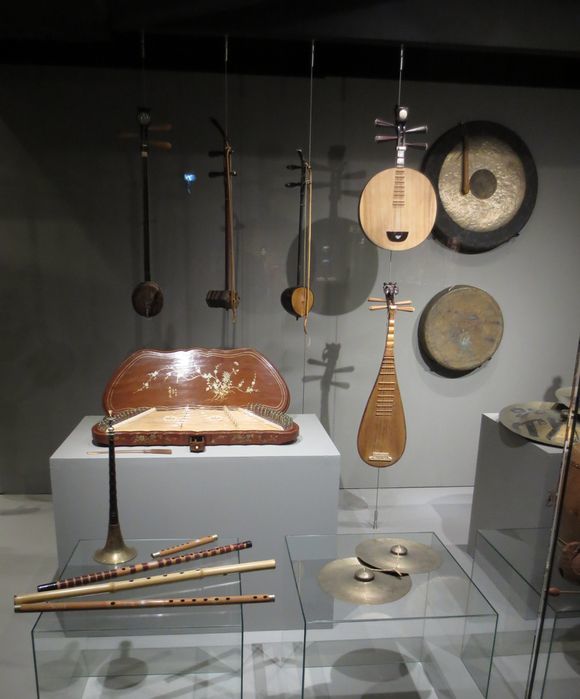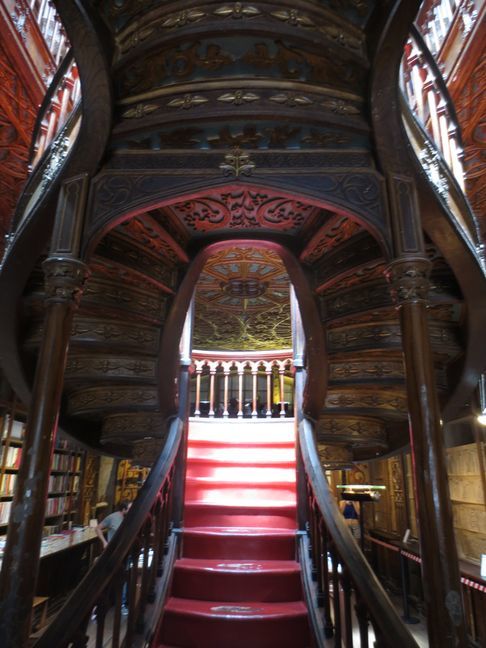Christmas 2017
Dec. 28th, 2017 09:27 pmThis year Christmas just arrived; I hadn't done much in the way of preparation, nor had much in the way of anticipation. I did book my train tickets early - so early, in fact, that I think I booked them before the holiday closure of Paddington station was announced; but I can't be sure, because I didn't pay too much attention to the London-Reading section of my journey beyond checking that there were trains running.
The journey up to the Lakes was reasonably smooth. Dad was fine; he struggled with his new TV set-top box while I admired in equal measure the awkward and over-complicated user interface, and his navigation through it. Not that there was much on TV; though I enjoyed Maigret on Christmas Eve and Doctor Who on Christmas Day. ( Spoilers ) Other than that, we watched some Joan Hickson Miss Marple episodes that he'd recorded previously.
Christmas Day was quiet; presents, dinner, and a walk up to Oxenholme afterwards, which was rapidly curtailed as the rain became heavier. On Boxing Day we were invited to visit a couple of my Dad's friends, and had a lovely meal.
I headed off on Wednesday morning, knowing that the return journey wasn't going to be straightforward. The first step was easy, as I got on an almost empty train from Oxenholme to Lancaster. But appearances can be deceptive, and the queues for the replacement bus service at Lancaster were chaotic and poorly managed. The situation at Preston wasn't much better, although I boarded the train when it eventually arrived without too much bother. I try to travel relatively light and my rucksack fits into the overhead luggage space, which avoids most problems as people fight over the limited space for larger suitcases.
The 10-15 minute delay at Preston was mostly maintained throughout the journey, though we picked up a few minutes I think before arrival at Euston, where there was an almost stationary queue at the entrance to the Tube. This is not my normal route - usually I go to Euston Square - so I don't know if this is a regular problem. Having despaired at it, I decided to walk to Warren Street after a few minutes, but as I exited the station, I saw signs for an additional entrance to Euston tube by staircase only, which I took without incident, and finally emerged at Waterloo with about 5 minutes to spare before catching the slow train to Reading, which was slow, but at least ran to time. I noticed how cold it was in London, though there was no sign of snow (the train from the North passed through a couple of areas with a blanket of snow, but I couldn't say how deep it was). Reading Buses had originally promised a Sunday service, but at some point this had been changed to a Saturday service, so in the end I didn't have to wait too long for the bus home, but the journey overall was quite a tiring ordeal.
The journey up to the Lakes was reasonably smooth. Dad was fine; he struggled with his new TV set-top box while I admired in equal measure the awkward and over-complicated user interface, and his navigation through it. Not that there was much on TV; though I enjoyed Maigret on Christmas Eve and Doctor Who on Christmas Day. ( Spoilers ) Other than that, we watched some Joan Hickson Miss Marple episodes that he'd recorded previously.
Christmas Day was quiet; presents, dinner, and a walk up to Oxenholme afterwards, which was rapidly curtailed as the rain became heavier. On Boxing Day we were invited to visit a couple of my Dad's friends, and had a lovely meal.
I headed off on Wednesday morning, knowing that the return journey wasn't going to be straightforward. The first step was easy, as I got on an almost empty train from Oxenholme to Lancaster. But appearances can be deceptive, and the queues for the replacement bus service at Lancaster were chaotic and poorly managed. The situation at Preston wasn't much better, although I boarded the train when it eventually arrived without too much bother. I try to travel relatively light and my rucksack fits into the overhead luggage space, which avoids most problems as people fight over the limited space for larger suitcases.
The 10-15 minute delay at Preston was mostly maintained throughout the journey, though we picked up a few minutes I think before arrival at Euston, where there was an almost stationary queue at the entrance to the Tube. This is not my normal route - usually I go to Euston Square - so I don't know if this is a regular problem. Having despaired at it, I decided to walk to Warren Street after a few minutes, but as I exited the station, I saw signs for an additional entrance to Euston tube by staircase only, which I took without incident, and finally emerged at Waterloo with about 5 minutes to spare before catching the slow train to Reading, which was slow, but at least ran to time. I noticed how cold it was in London, though there was no sign of snow (the train from the North passed through a couple of areas with a blanket of snow, but I couldn't say how deep it was). Reading Buses had originally promised a Sunday service, but at some point this had been changed to a Saturday service, so in the end I didn't have to wait too long for the bus home, but the journey overall was quite a tiring ordeal.








